Keep It Simple
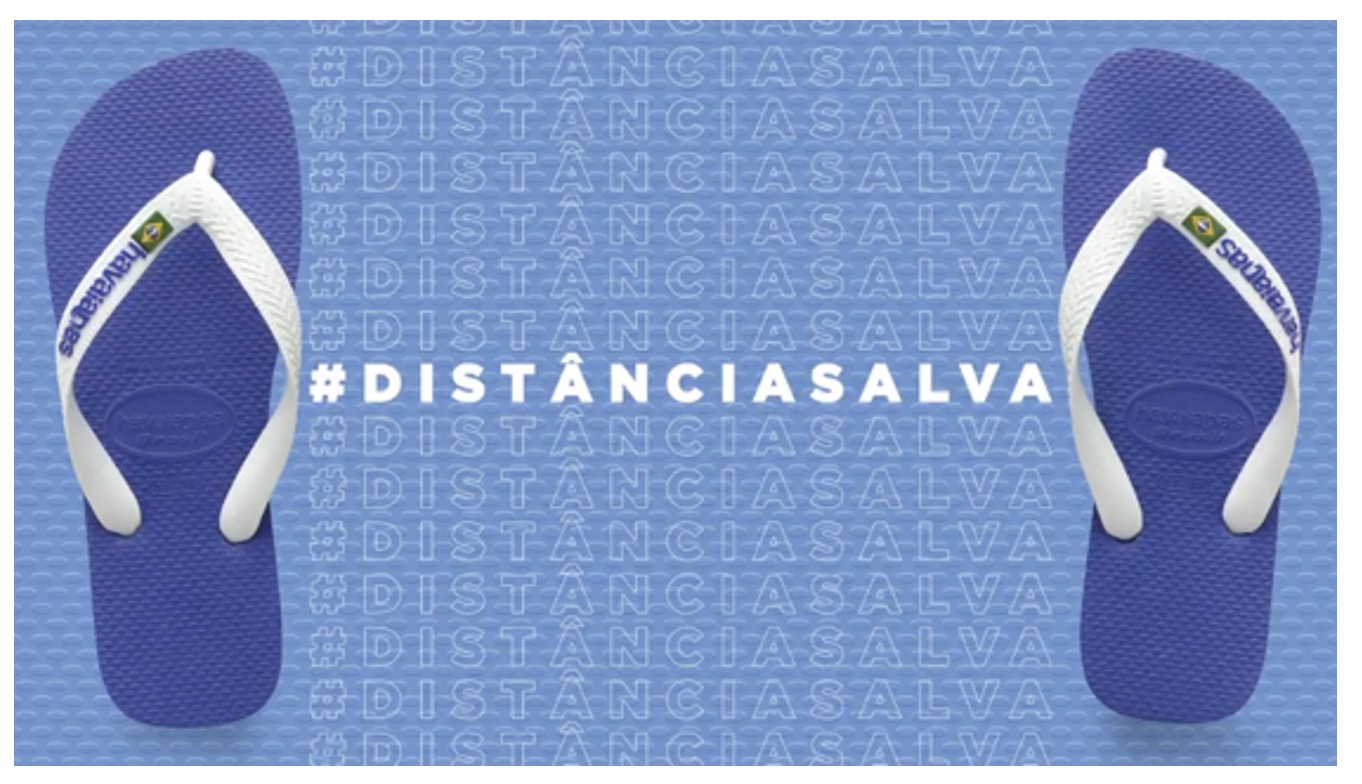
Havaianas flip-flops PSA (Brazil)
This is the 16th in a series of 16 posts offering an analysis of “Covid Codes” from a global perspective. SEMIOVOX has invited consulting semioticians from around the world to augment the Coronavirus-related meaning map whose lineaments we revealed here in a Spring 2020 series. We are grateful to our talented and generous colleagues, who are individually acknowledged in each series post that features their contributions.
The theme we’ll explore in this installment is: KEEP IT SIMPLE. By which we mean: The ABCs of how illness works, and how to treat (or prevent) it.
Like the very first installment in this series, QUICK FIX, the KEEP IT SIMPLE theme is governed by the paradigm that we’ve called Pharmacist. Within the Covid and Cough/Cold/Flu space, as we saw in that earlier post, this paradigm is a more accessible, rapid-response, convenient alternative to the paradigm Doctor. As we’ll see in this post, the paradigm Pharmacist is also differentiated from the Doctor (again, within the context of this study) by being more compassionate, sympathetic, personable, commonsensical.

In the QUICK FIX installment, we surfaced source codes communicating around Pharmacist-themed convenience, rapidity, and therapeutic (vs. harsh “medical”-themed) efficacy. Here we’ll surface source codes related to Pharmacist-themed advice and expertise (vs. the Doctor’s difficult-to-understand, scientific, jargon-ridden, impatient explanations). Note that online retailers of OTC pain relief, cough/cold/flu remedies, etc., design their platforms to resemble not a doctor’s office or a hospital but a drugstore.
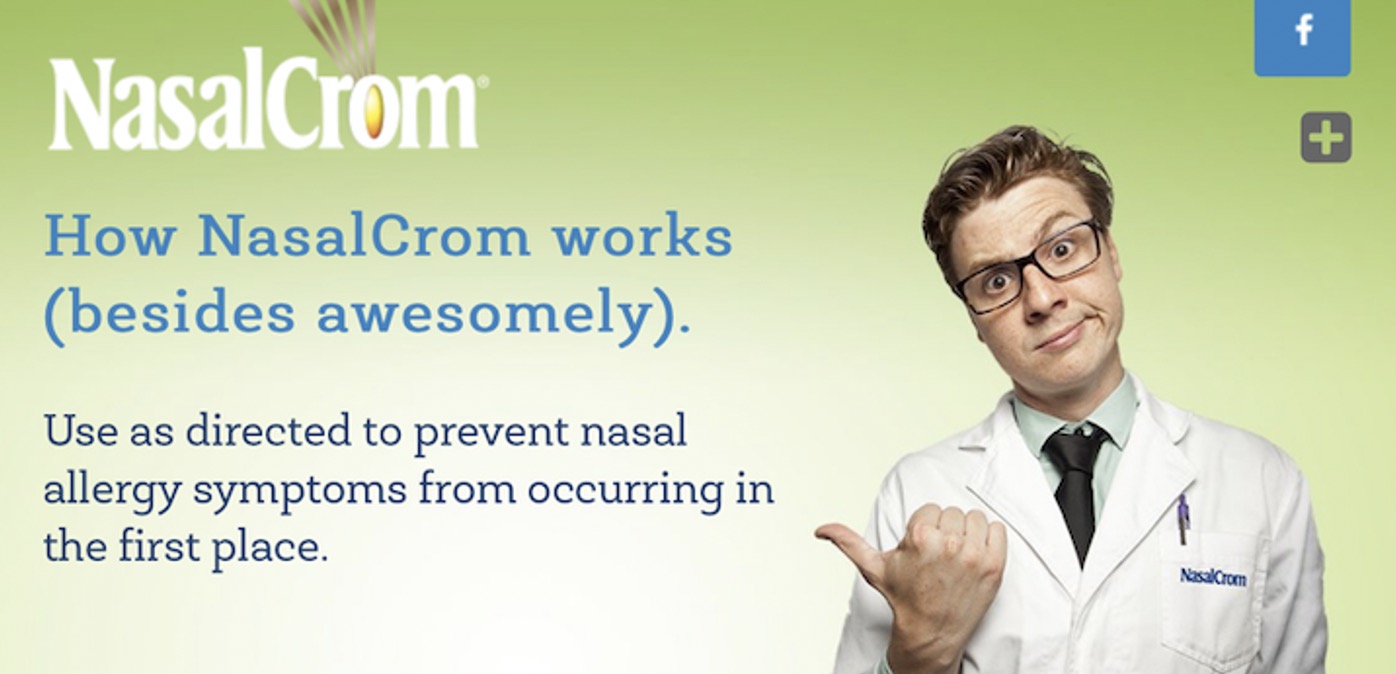
Within the KEEP IT SIMPLE thematic complex we’ll find brands, government agencies, and others positioning themselves as pharmacist-style educators. That is to say: trusted sources who are approachable, unintimidating, and easy to comprehend. We’ll find everyday language, easy-to-comprehend diagrams, and instructional videos. Contrasted with the authoritative Doctor, and opposed to the all-wise Guru (as seen in the installments ANCIENT WISDOM and HEALING RITUAL), the Pharmacist emerges as a relatable figure. We seek their advice as an expert, sure, but also as a knowledgeable peer — a friendly neighborhood fixture.
Our study suggests that this thematic space is brought to life by at least four “source codes” (signs): Step By Step, Peer Review, Cartoon Action, and Covid PSA.
Step By Step
The STEP BY STEP source code’s norm (idea, value, higher-order benefit) can be described as follows: We’re going to explain the stages of illness — and how to avoid/treat it — in the simplest form possible.

Visual cues of the STEP BY STEP source code include:
- Bulleted lists
- Stock photos of people coughing or blowing their noses
- Stock photos of people reading a thermometer, etc.
Verbal cues of the STEP BY STEP source code include:
- Explainers, breaking couch/cold/flu topics down into simple units, e.g., “The stages of a cold,” “Cold vs. Flu.”
- Teacher-like tonality: “Learn more about the phases of a cold,” “Know your symptoms,” etc.
- Folksy language: e.g., “What’s the Deal with Mucus?”
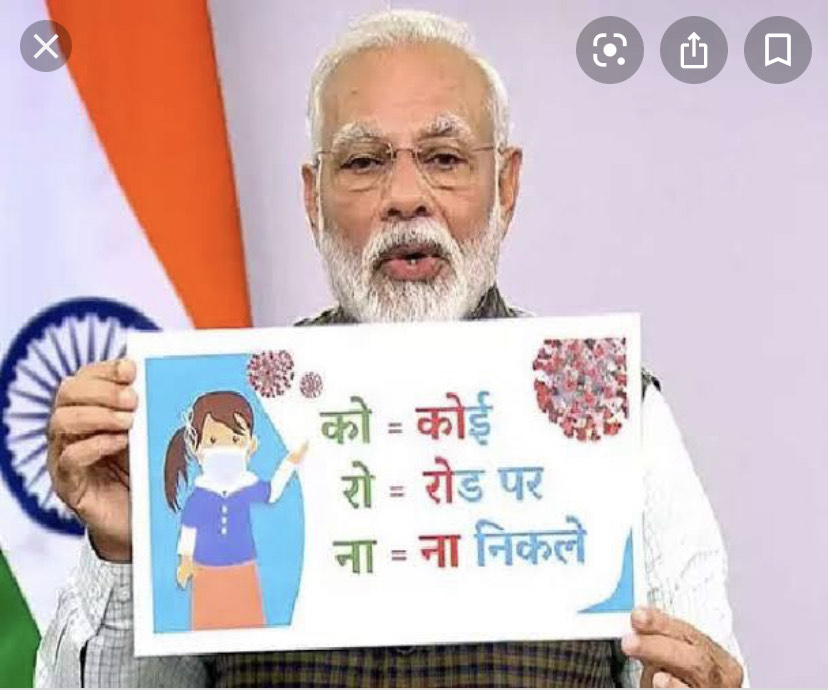
Aiyana Gunjan (India) sends along this image of Narendra Modi, India’s prime minister, appealing to the public to fight the epidemic together. The child-like poster turns the Hindi word for “Coronavirus” into an acronym that appeals to Indians to stay indoors. (Note that this image was sent in several weeks ago, before the current surge in Covid-19 cases in India.)
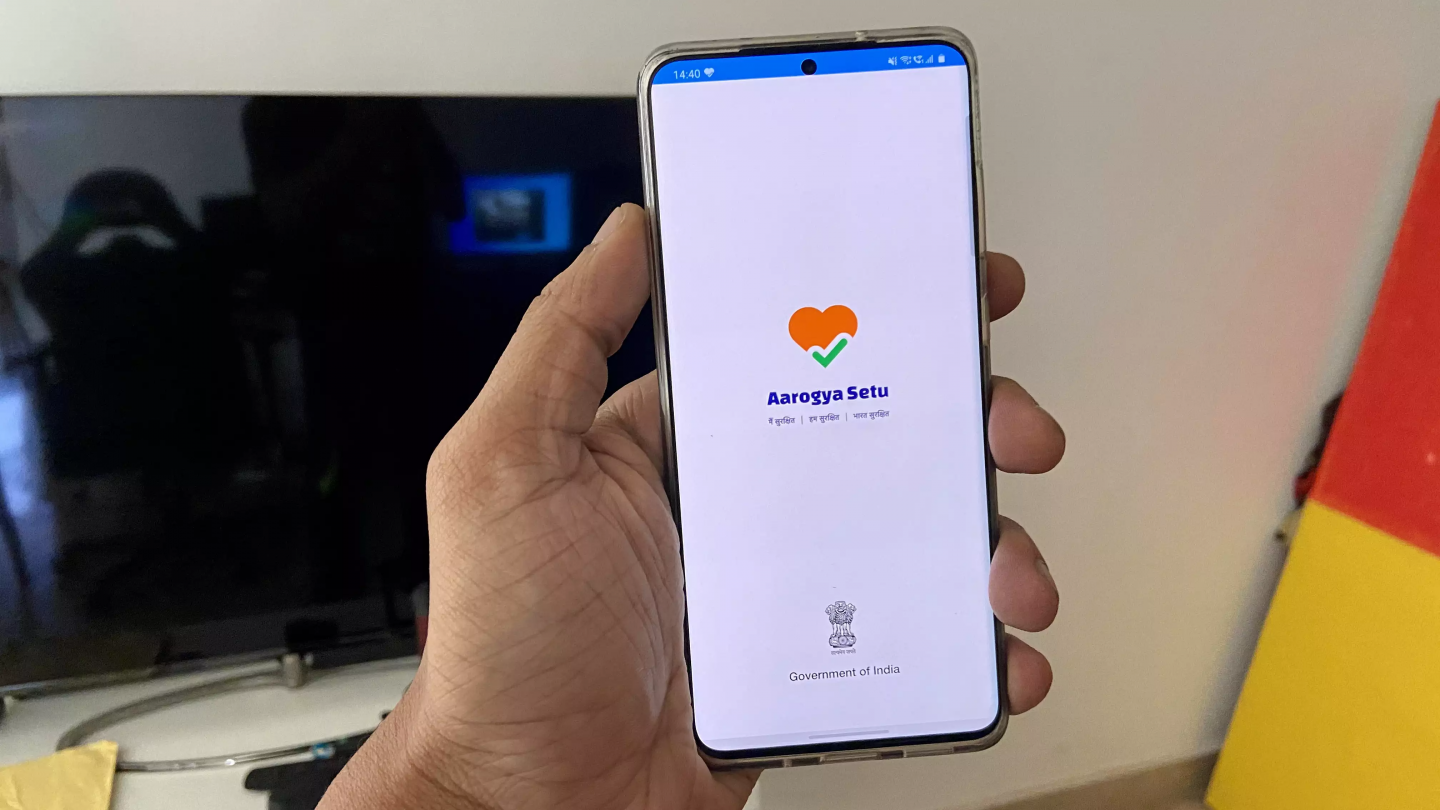

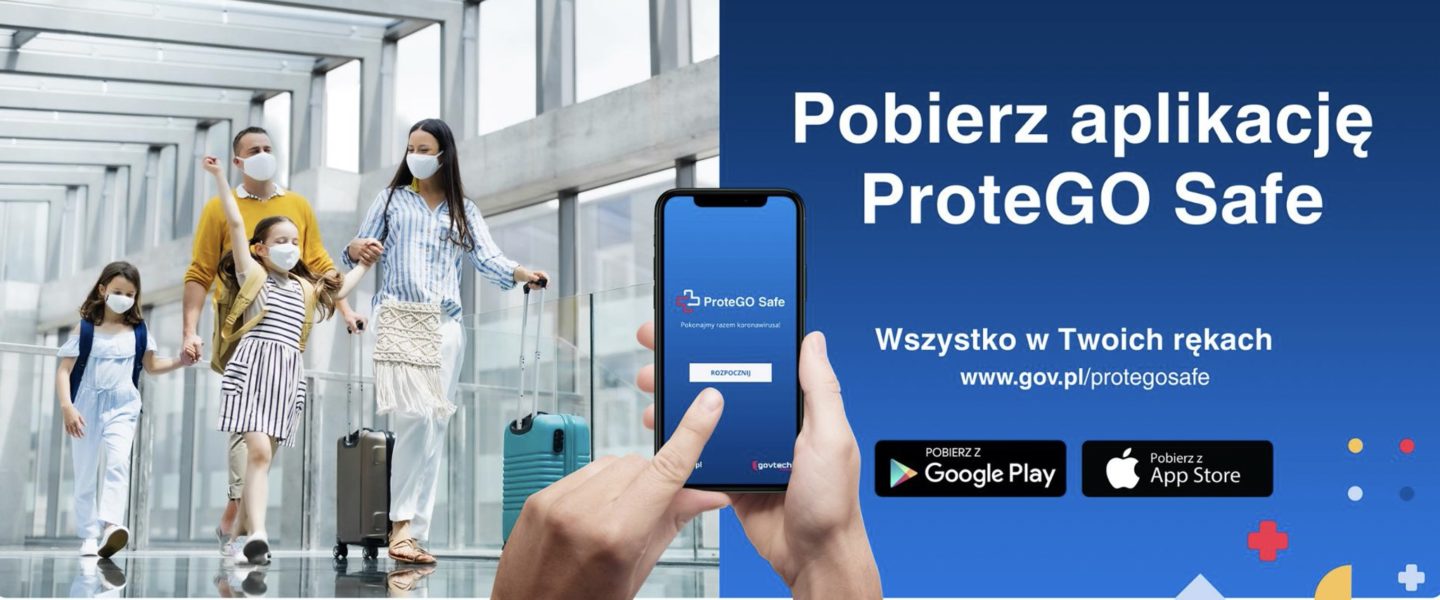
Several of this series’ contributors — including Seema Khanwalkar (India), Aiyana Gunjan (India), and Maciej Biedziński (Poland) — noted the bare-bones simplicity of the Covid-tracking apps that were developed around the world during 2020. Maciej notes, of the Polish government’s app shown above: “The communication uses flat design, simple infographics, icons taken from games, etc., to make fighting Covid seem as simple and seamless as using any other app.”

Daria Arkhipova (Russia/Italy) points out that simplified messaging can also help influence the mindset of the vaccine-hesitant. For example, she sends us this campaign conceived of by the Italian graphic designer Samuele Lorenzo. It responds to the vaccine-hesitant expression “No — who knows what’s inside [the vaccine]” by showcasing many substances that we take into our bodies without worrying too much about what might be inside.
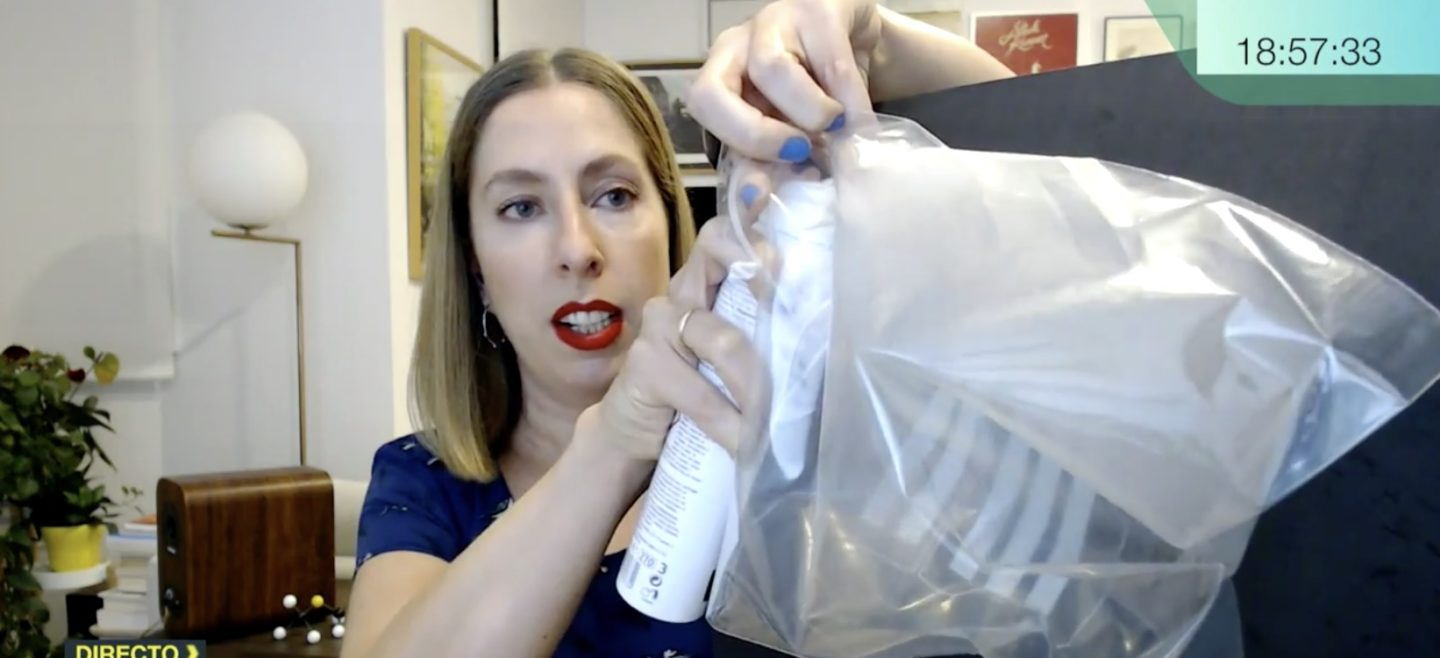
Gabriela Pedranti (Argentina/Spain) sends a video in which a popular Spanish health promoter/educator explains how to stay safe to a TV audience. Her general vibe is that of a kindergarten teacher — she even uses dolls, on occasion — according to Gabriela.
Ultra-simplified messaging around social distancing also leverages this code — though check out the adjacent GATE KEEPER theme too. See multiple examples below, from around the world.
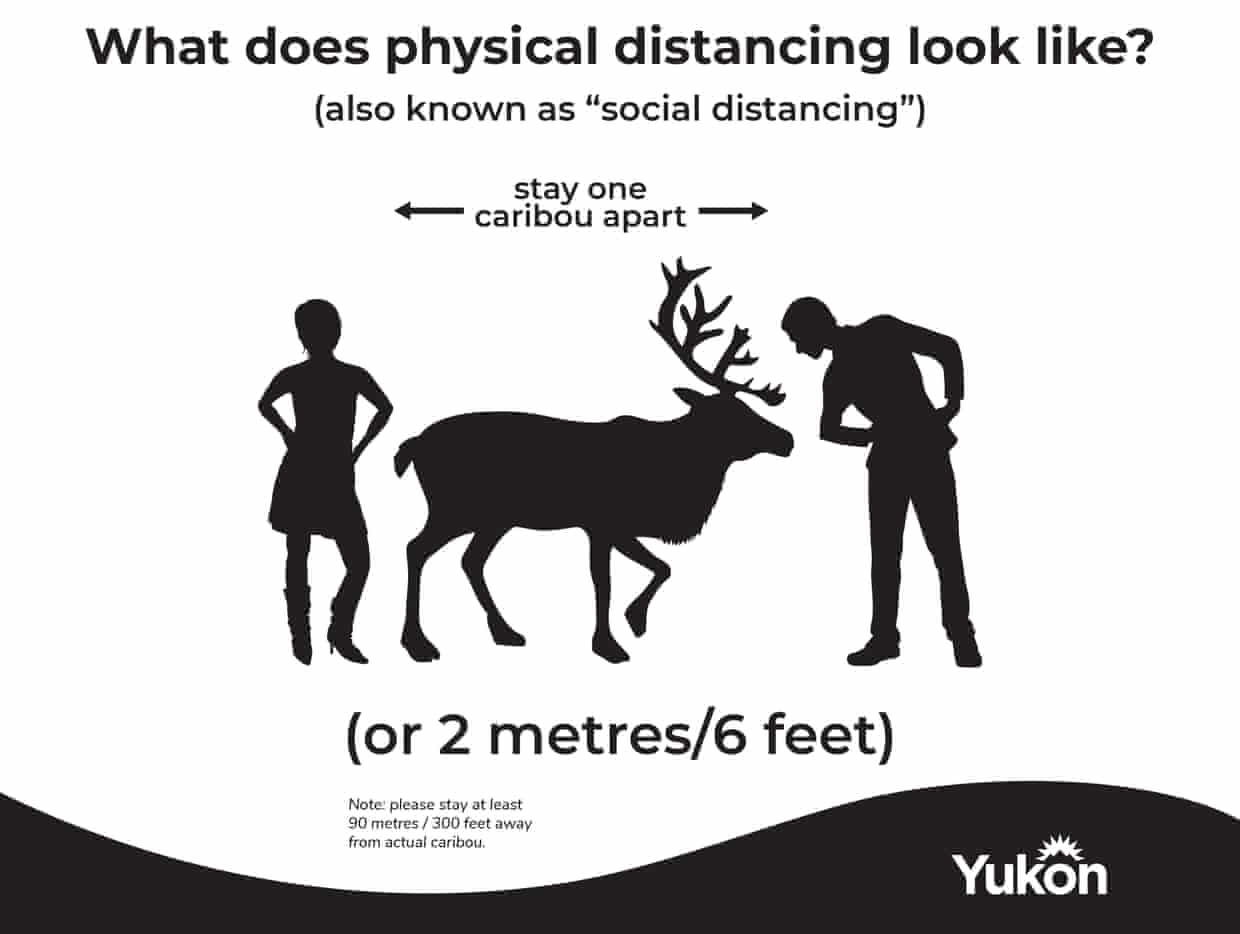
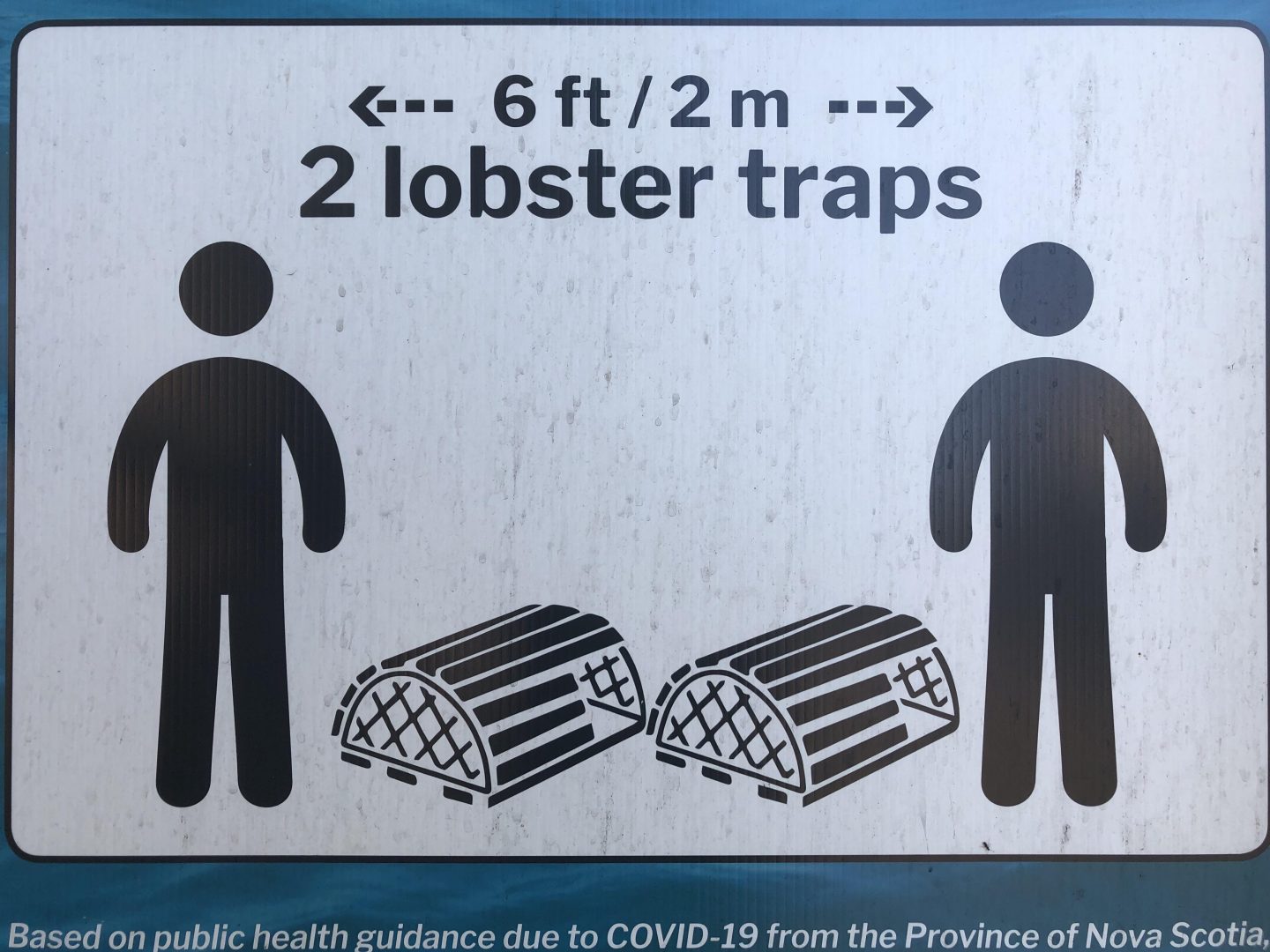
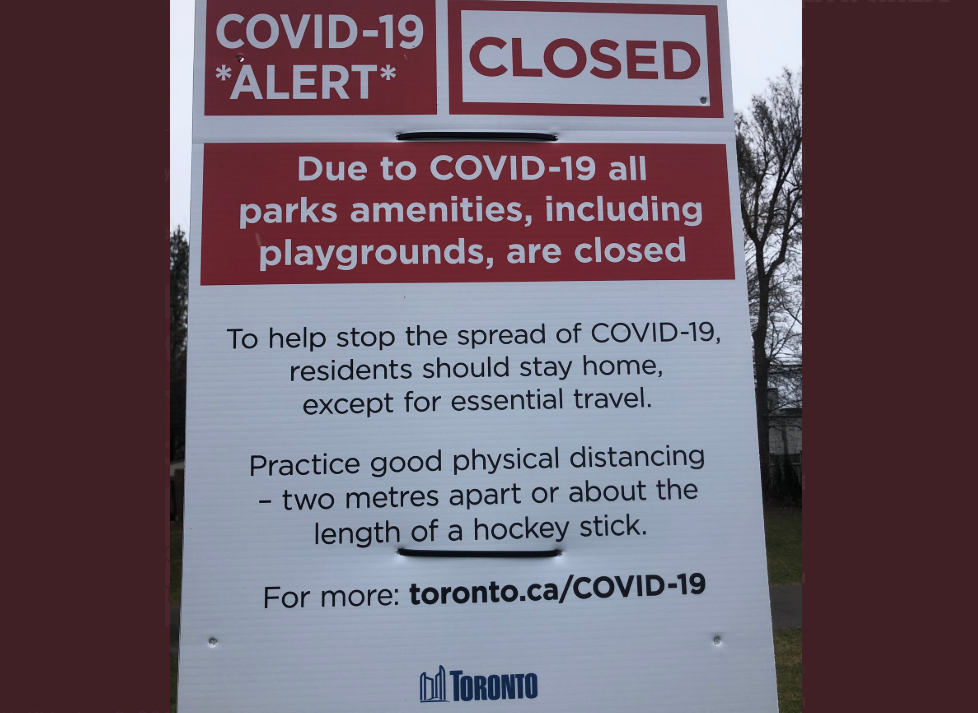
Charles Leech (Canada) shared the humorous examples above.
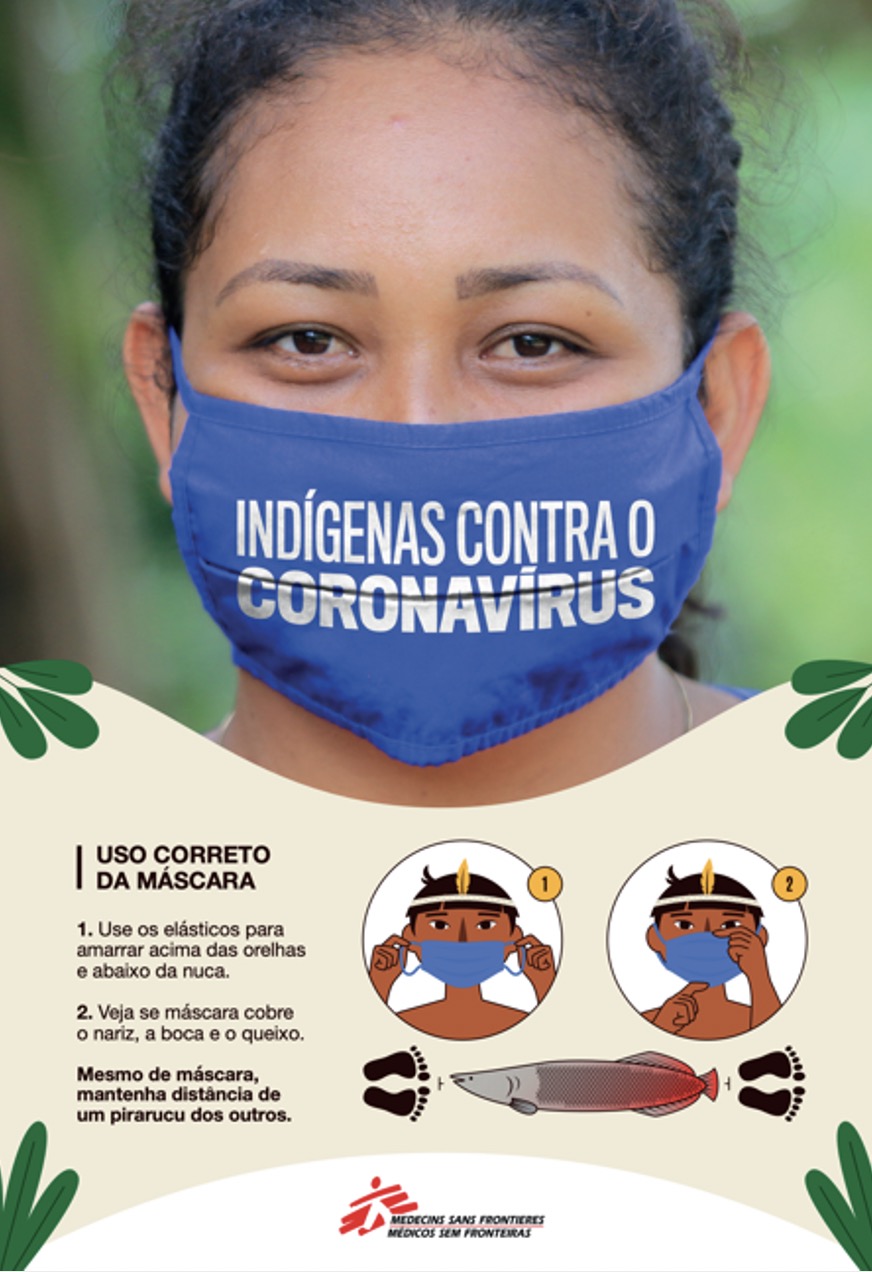
Mariane Cara (Brazil) shares the image above: “Medicins Sans Frontieres created a poster that visually exemplifies the width of the distance to be kept by means of the size of Pirarucu fish, which measures approximately 6.5 feet to 9.8 feet.”

Mariane also shares this poster: “The flip-flop brand Havaianas created a campaign at the beginning of the pandemic that demonstrated two separate flip flops reinforcing that their distance saves lives. Curious fact: some Brazilians use flip flops to mark their place in wait lines.”
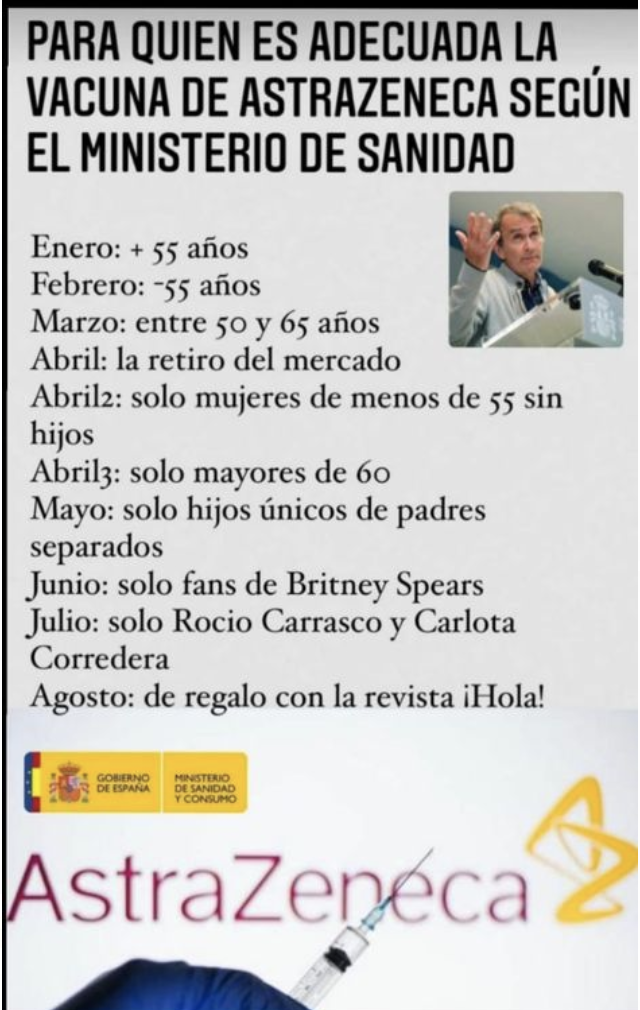
Gabriela Pedranti (Argentina/Spain) shares a spoof PSA poster from Spain that pokes fun at the confusing rollout of vaccine eligibility. In this scenario, children of divorced parents and Britney Spears fans, among other subsections of the general population, have their own specific eligibilities. “We’re surviving with humor,” Gabriela notes.

Aiyana Gunjan (India) recently sent the poster shown above. “India is facing a severe second wave as of April, and we are back to a lockdown situation,” she writes. “The emphasis in communications right now is around overcoming a casual attitude towards mask wearing and social distancing.”
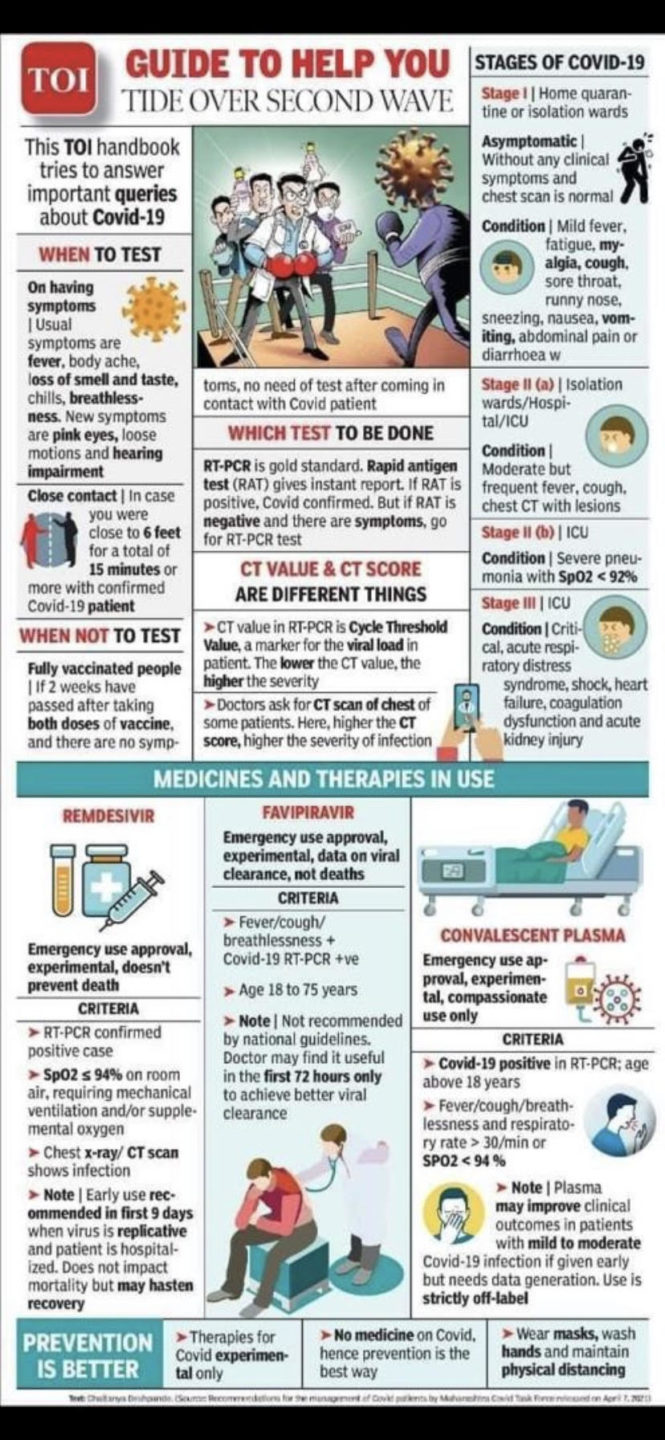
Aiyana also notes that there is a lot of simplified messaging, in India now, around what to expect, and what you should do if you contract Covid.
Peer Review
The PEER REVIEW source code’s norm (idea, value, higher-order benefit) can be described as follows: Our product is recommended by someone just like you — who uses simple, straightforward language.

Visual cues of the PEER REVIEW source code include:
- Ordinary people, who don’t seem like actors
- Snapshots, rather than formal photos
- Slice-of-life scenes, not posed
- Selfies, other social media visual cues
- Stars showing user ratings
- Note that Sambucol often features Sambucol users who are medical professionals, wearing their scrubs — i.e., to borrow some authority from medical coding
Verbal cues of the PEER REVIEW source code include:
- Excited tonality, eagerness to share recommendation, use of exclamation points, e.g., “This supplement is a must in our home year round!”
- Fan tonality — sounds like fans of a musical act or movie franchise talking to one another, e.g., “I turned from a skeptic into a believer”; “Zicam saved me and my vacation!”
Vaccine selfies (“vaxxies”) are perhaps the most widespread Covid-19 expression of this code. See a few celebrity examples below.
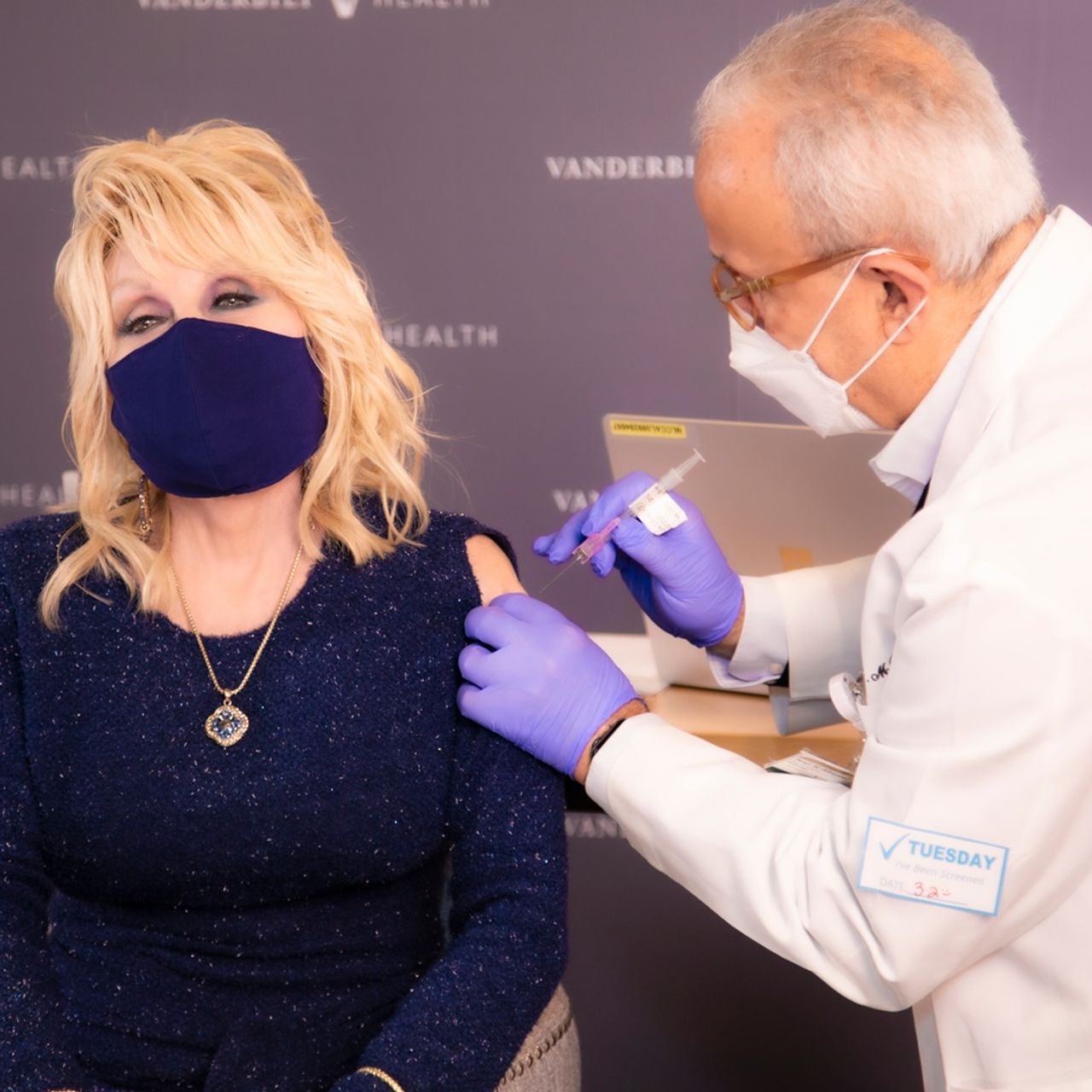

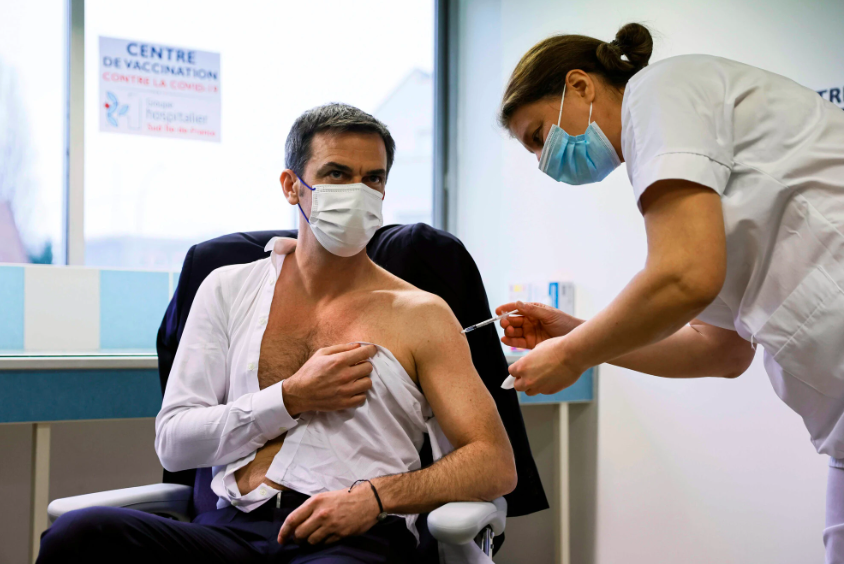
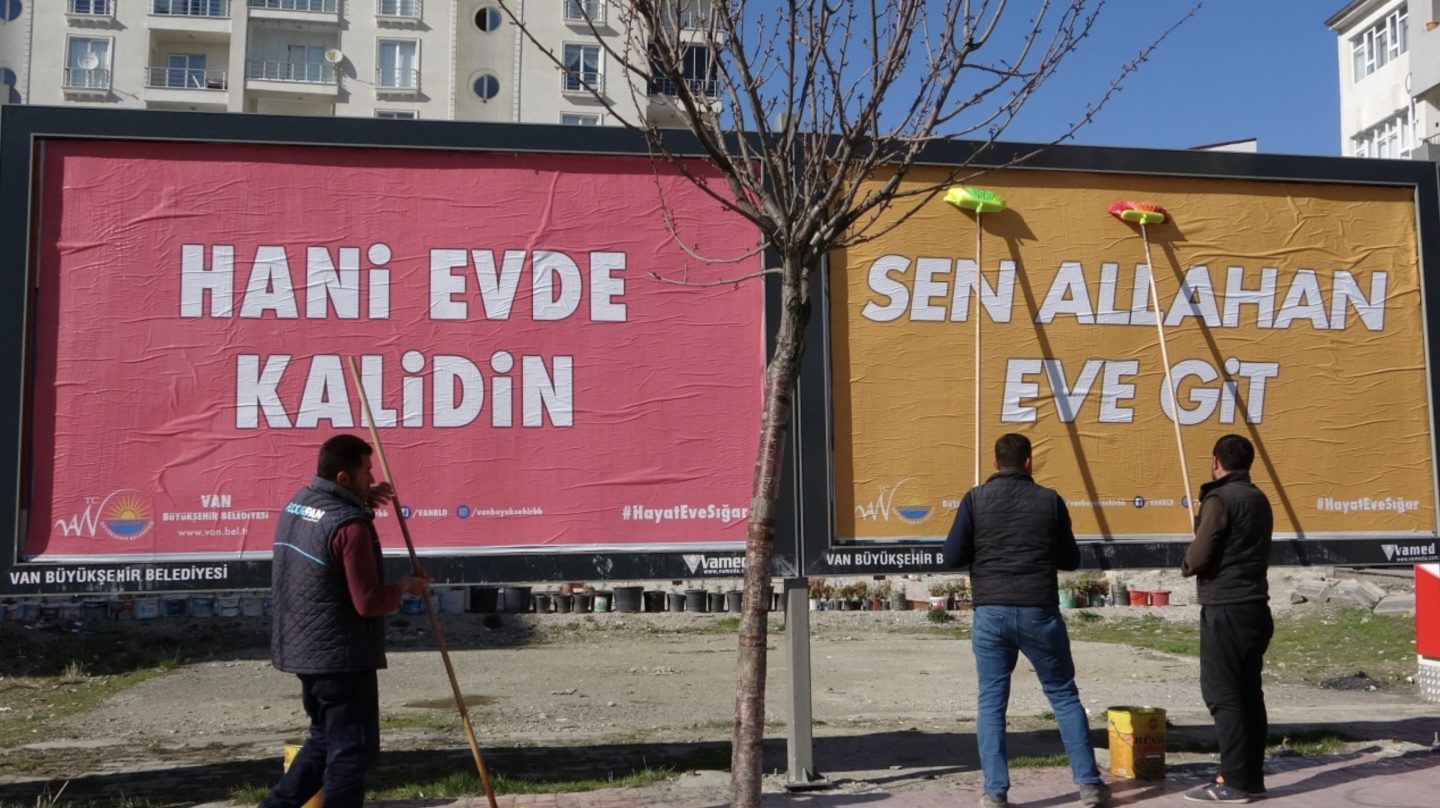
Serdar Paktin (Turkey) shows how a government messaging campaign can leverage Peer Review coding. “In different cities in Turkey, people speak in different dialects (as in London accent vs. Scottish accent, Irish accent, Birmingham accent, etc.) So the local municipalities prepared these public billboards in local dialects asking people to keep distance, stay at home, etc.”
Cartoon Action
The CARTOON ACTION source code’s norm (idea, value, higher-order benefit) can be described as follows: Let us teach you about illness and how to treat it — in a fun, accessible, slightly childish way.
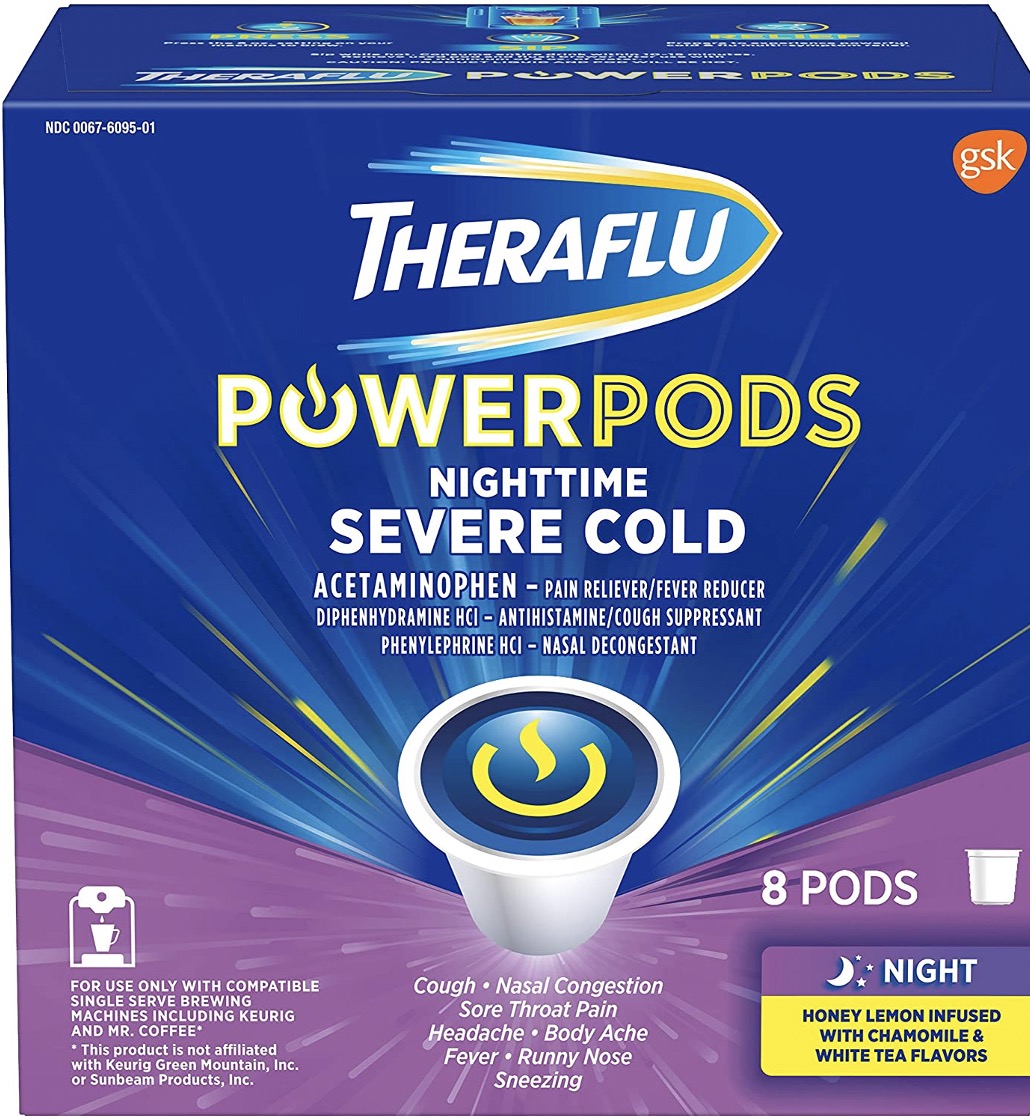
Visual cues of the CARTOON ACTION source code include:
- Cartoonish, exaggerated, unreal images, bursts, and special effects; sometimes these are superimposed on realistic scenes and photos.
- Method of action visuals which are cartoonish — like a science video for school children.
- Bubble letters, logos with bursts and ”action” graphics — like comic books.
- Rocket ships, astronauts.
Verbal cues of the CARTOON ACTION source code include:
- Superhero- or adventure-like tonality: e.g., “Take control of cold and flu symptoms,” “Houston, we have a problem,” “Slay your cough dragon,” “In a world… of hard-working immune systems, thankfully there’s Airborne Man.” “PowerPods.”
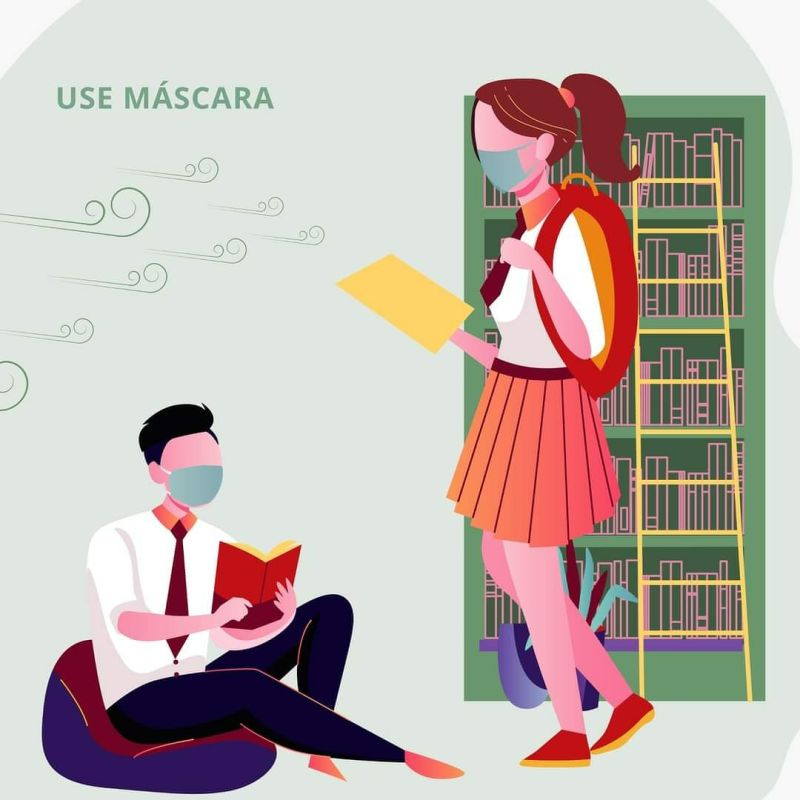
Sónia Marques (Portugal) sends the example above.
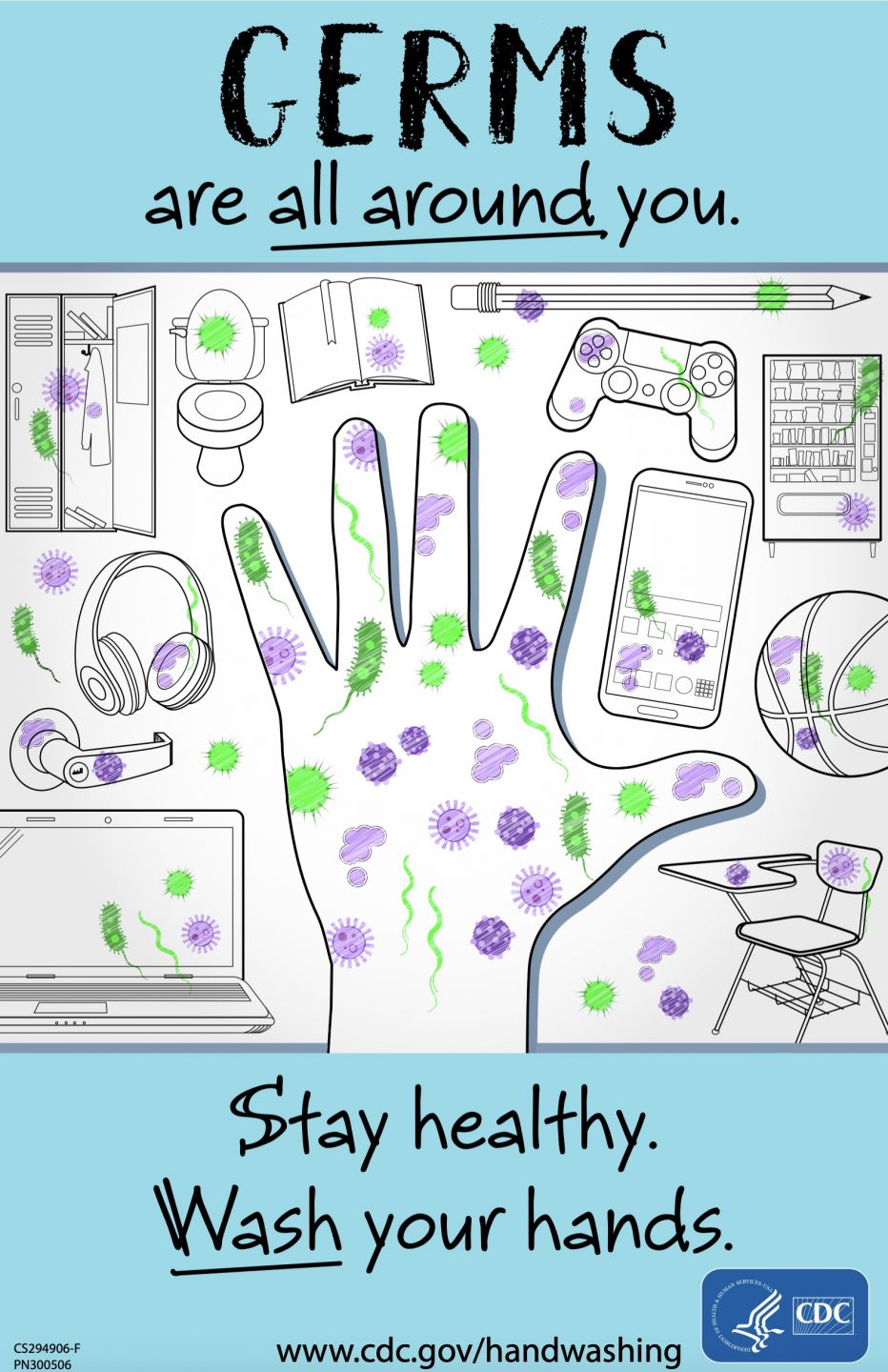
Vijay Parthasarathy (US/India) sends the poster shown here, which “serves to remind kids (who often possess a sense of invulnerability) that daily life in youth contexts places them in relentless contact with germs. The poster is meant to caution kids rather than make them paranoid and germaphobic.”
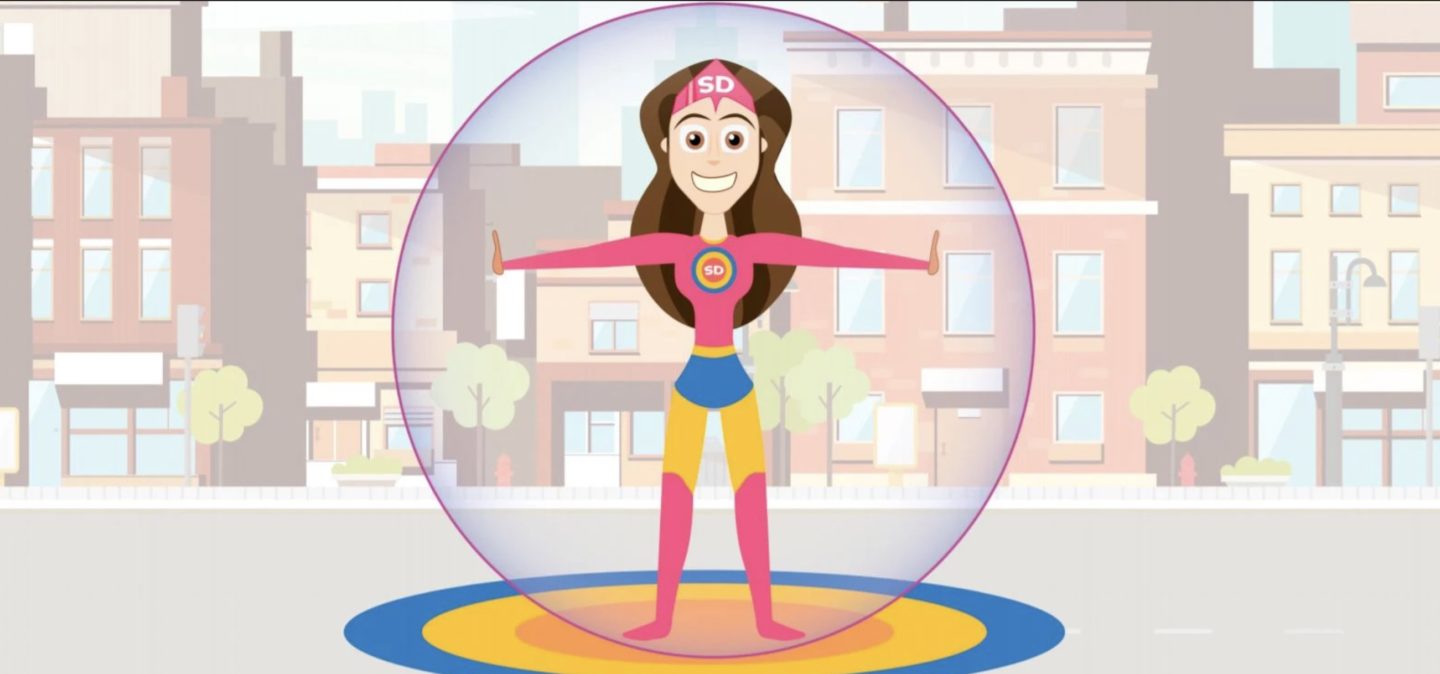
Ivan Islas (Mexico) draws our attention to Susana Distancia, the superheroine invented by the Mexican government to help get the word out about social distancing. He notes that “su sana” means “your health.”
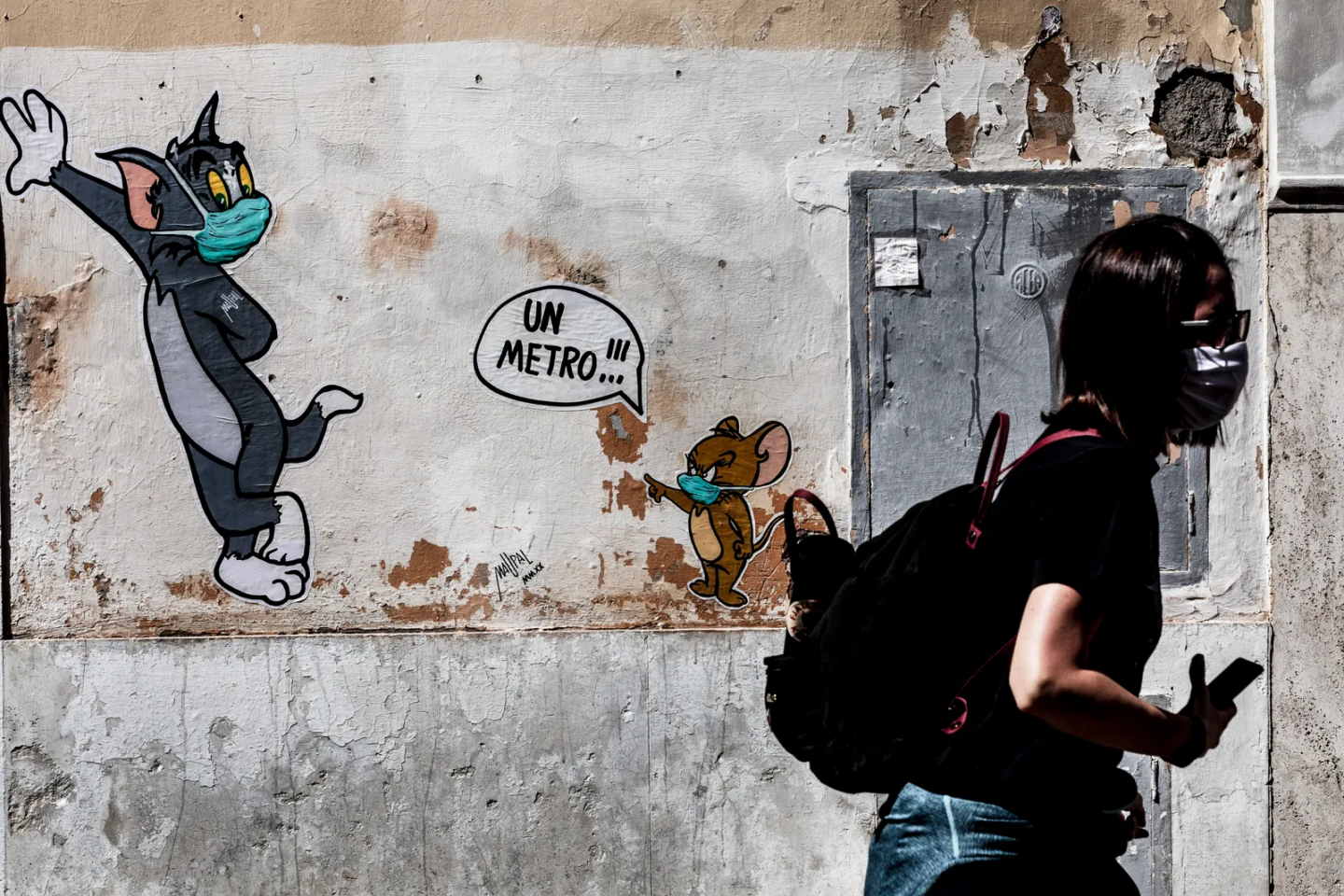
Speaking of cartoons, Luca Marchetti (France/Italy) notes — about the Tom & Jerry street art (from Rome) shown here — “It indirectly addresses the always critical balance, in Italy, between appealing to (#1) visceral-affective impulses and (#2) obeying rules. #1 usually wins, but in Italy — which was shocked to be the first country to grapple with the pandemic, after China — people were unusually compliant with the rules. Within this context, the fact that Tom is depicted putting his feline instincts aside and respecting the 1m (un metro) distance rule vis-a-vis Jerry is both funny and instructive.”
[image removed]
Another famous cartoon character — particularly in Spanish-speaking countries — is the outspoken Mafalda, shown here in (seated) statue form in Buenos Aires. The statue was installed a decade ago, we’re told by Gabriela Pedranti (Argentina/Spain), in the Telmo quarter — a hedonistic part of the city, at least through the 1990s. “Many people in Buenos Aires have not been following guidelines around Covid-19,” Gabriela says, “so it makes sense that Mafalda — a countercultural hero — would be enlisted to help people pay attention.”
Covid PSA
The COVID PSA source code’s norm (idea, value, higher-order benefit) can be described as follows: Simplified, image-driven posters designed to spread awareness about COVID-19.
A lot of crossover with the Cartoon Action source code, though in this case the child-like imagery isn’t supposed to be fun and exciting.
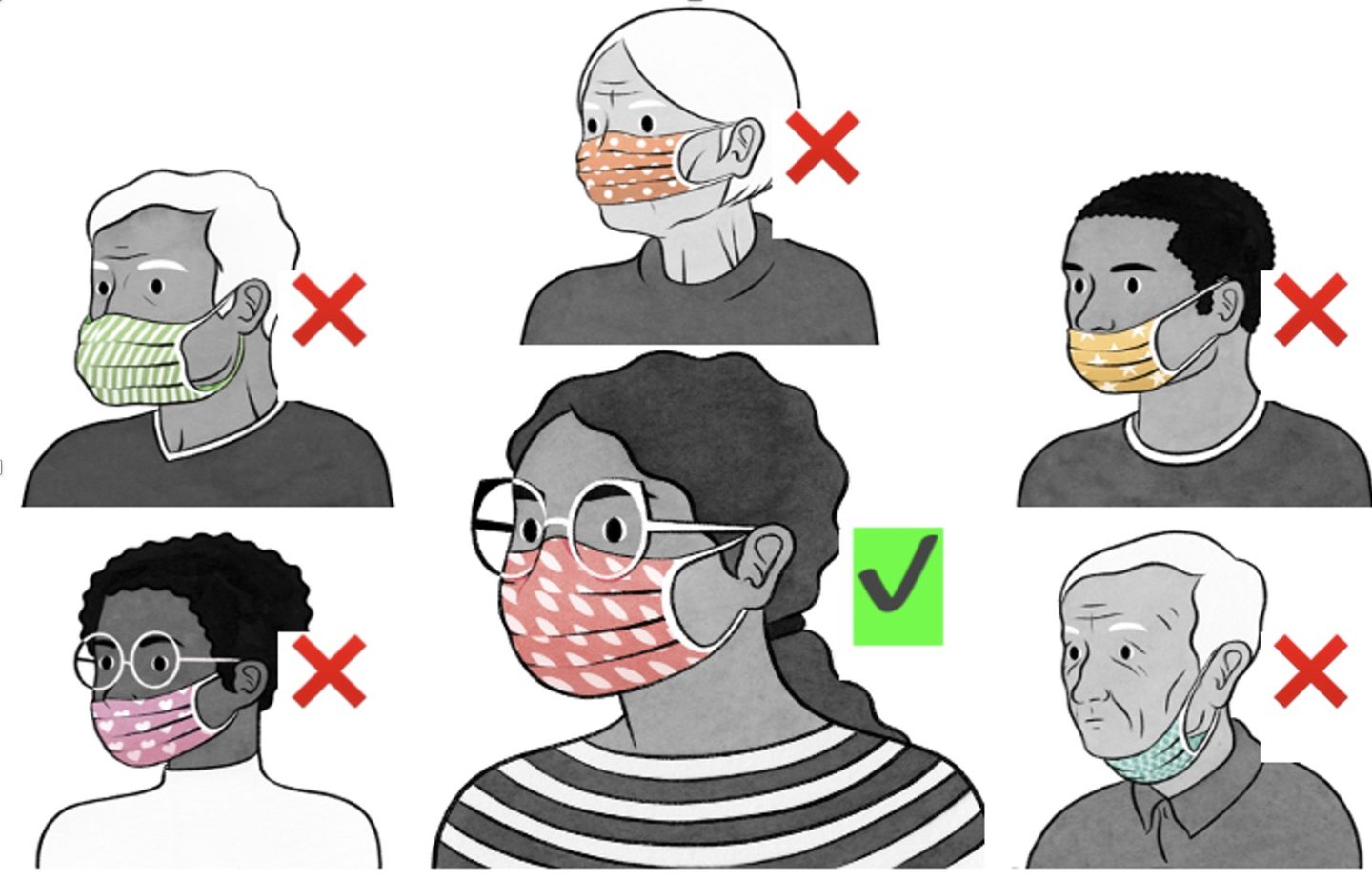
Visual cues of the COVID PSA source code include:
- Airline Safety or IKEA-style graphics — informational, neither very realistic nor very cartoonish
- Step by step instructions
- Red circles with diagonal lines showing what not to do
- Green check marks showing what to do
- Official logo or seal
Verbal cues of the COVID PSA source code include:
- Headline is usually a command: “Stop the spread of germs,”
- Protect others from getting sick,” “Wash your hands,” “Protect your workplace”
- Each step is usually a single short sentence: “Clean and disinfect frequently touched objects and surfaces,” “Practice social distancing”
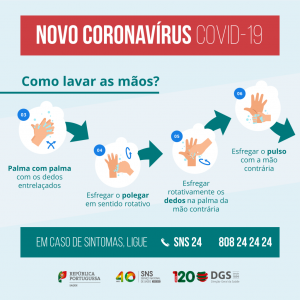
Sónia Marques (Portugal) sends the example above.
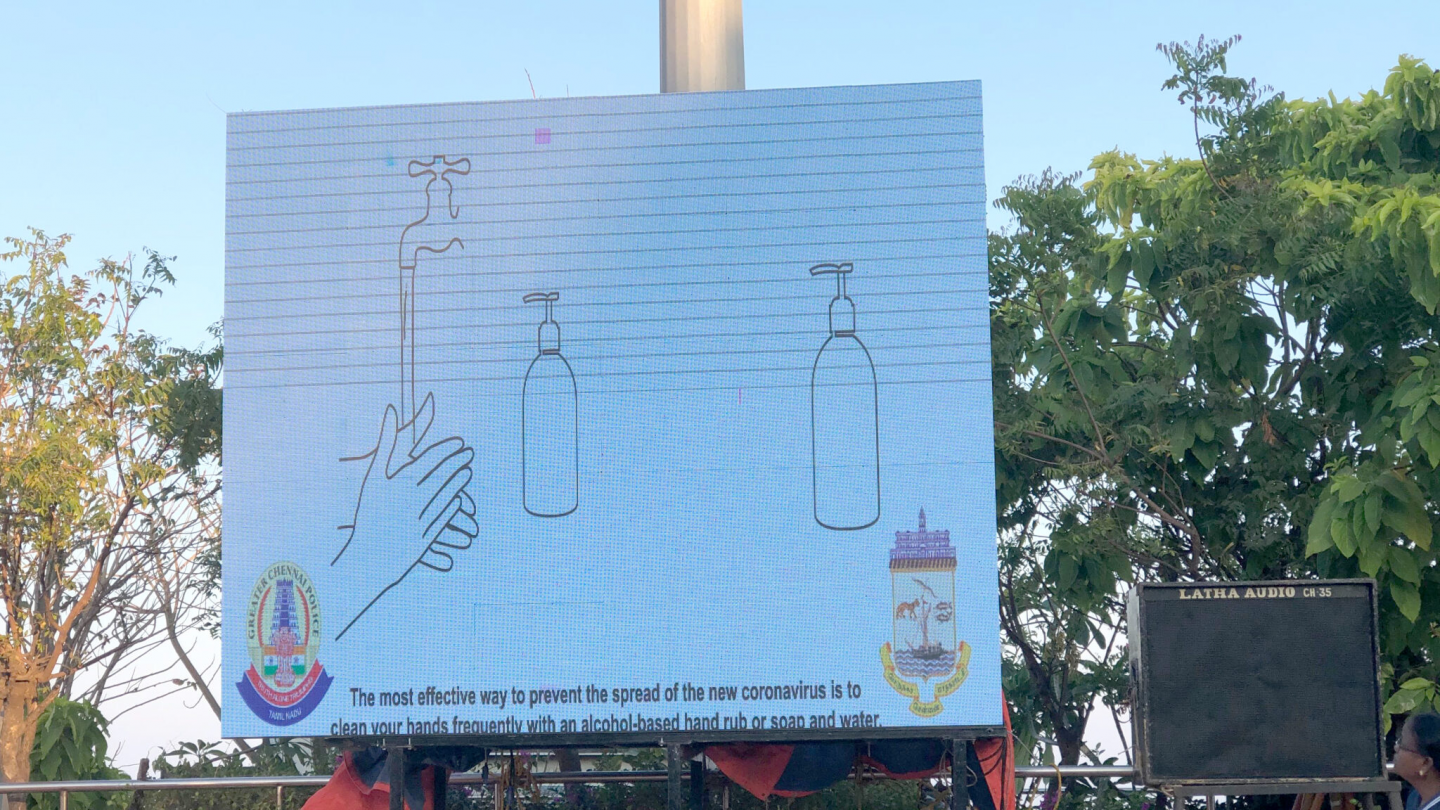
Vijay Parthasarathy (US/India) shares this example: “At a beach in Chennai, India, a giant video screen shares diagrammatic advice on how to prevent the spread of COVID. A loudspeaker — a symbolic remnant of socialist India that still features prominently at political rallies and outside Hindu temples that play devotional music — amplifies the message effectively.”
Covid PSAs aren’t always cartoonish. Sometimes they are meme-ish, or telenovela-ish, etc. See below for examples.
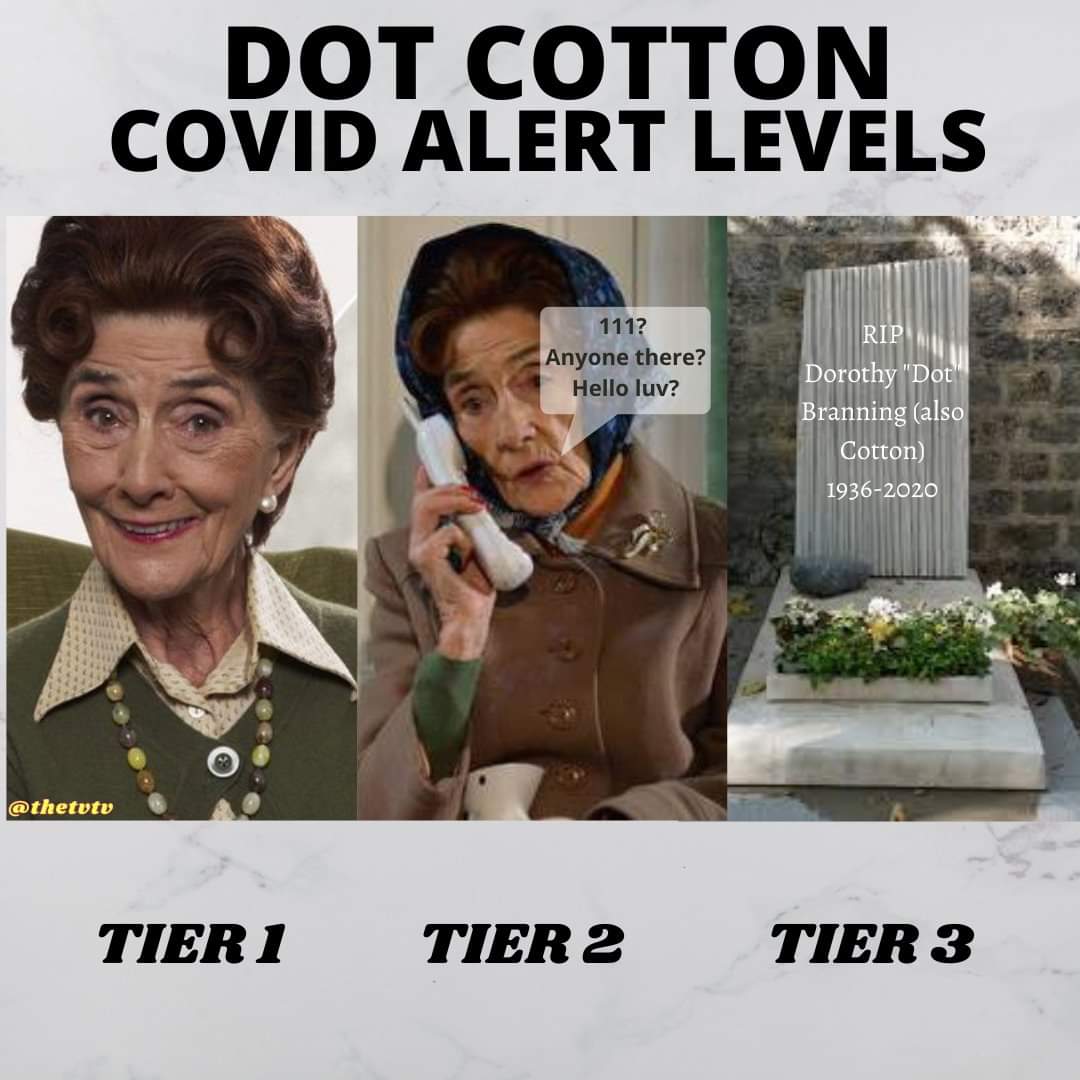
Chris Arning (UK) says: “Some very dark humour going round in terms of memes around Covid 19 and some well-loved EastEnders characters, one of whom is Dot Cotton — who is reviled and loved in equal measure. Given her age, she is in the high risk category for Covid, so it makes sense that she’d be used to hyperbolically poke fun (in a macabre way) at the British Govt.’s guidelines tier system.”
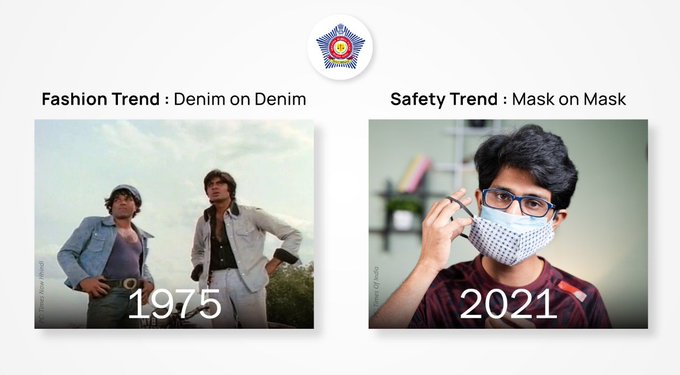
Aiyana Gunjan (India) shares another humorous meme from the Mumbai Police, who this time around seek to raise awareness — during the deadly second wave of the Covid-19 pandemic in India — of the technique of double-masking, seen as an effective way to prevent the spread of the virus. The image shown here references a 1975 film, Sholay, in which the actors Amitabh Bachchan and Dharmendra wear denim-on-denim outfits.
Thank you for reading our Covid Codes series.
Also see these global semio series: MAKING SENSE (Q&As) | SEMIOFEST SESSIONS (monthly mini-conferences) | COVID CODES | SEMIO OBJECTS | COLOR CODEX | DECODER (fictional semioticians) | CASE FILE | PHOTO OP | MEDIA DIET.

